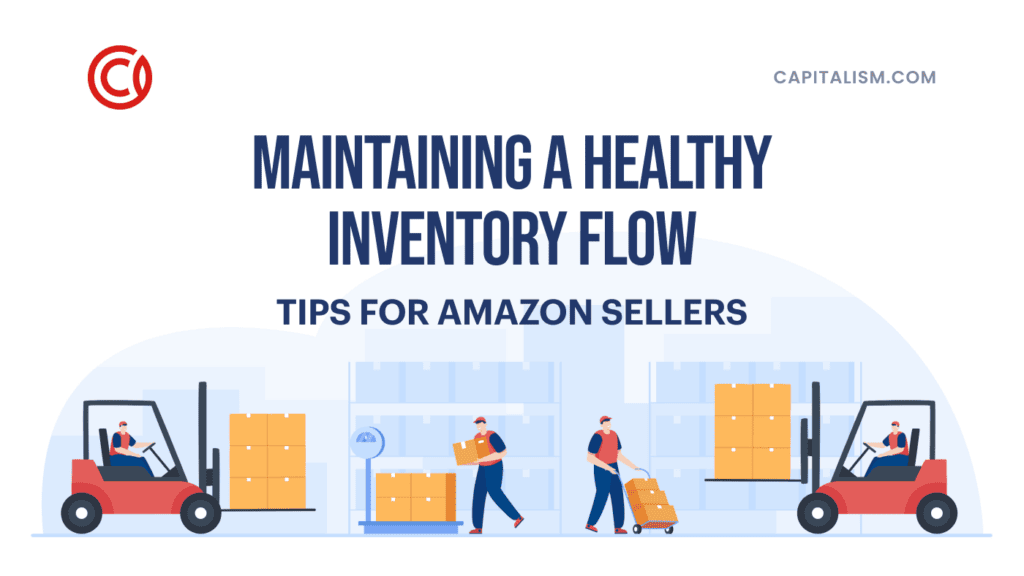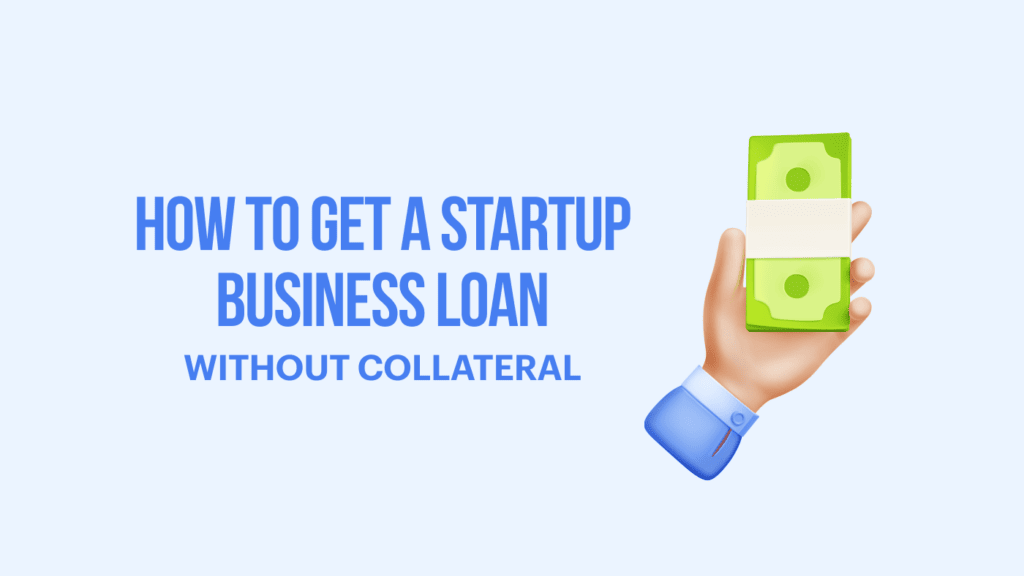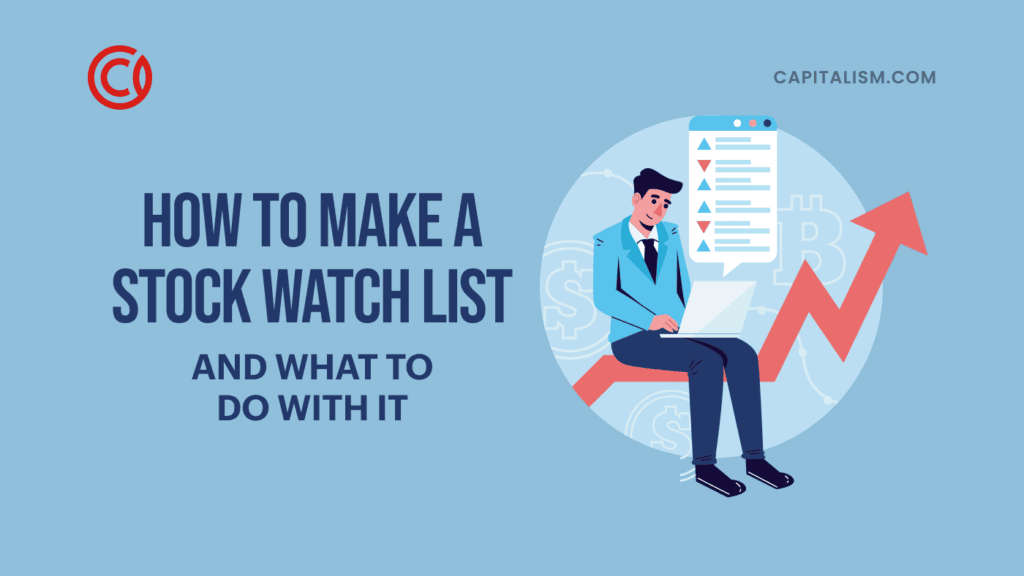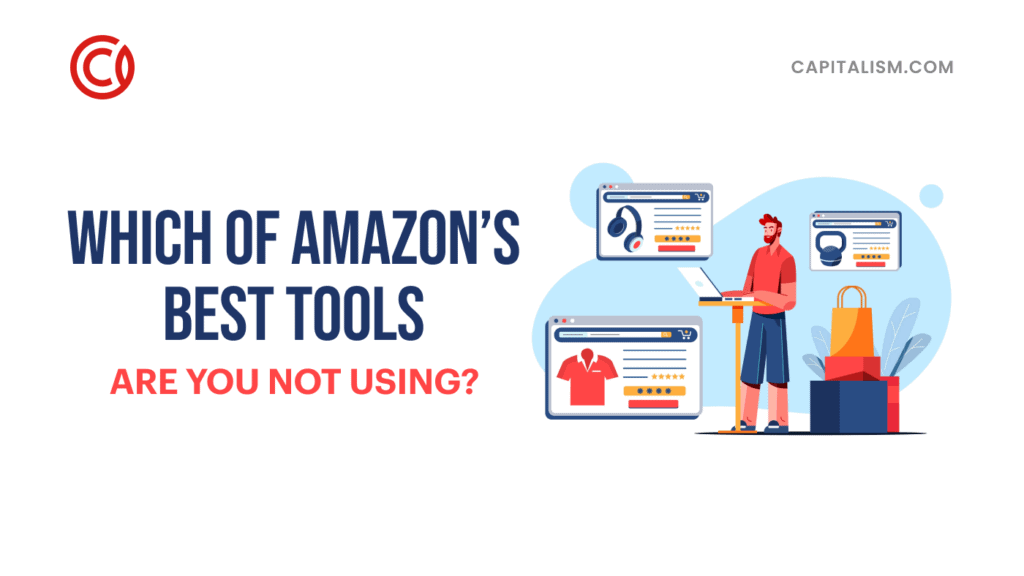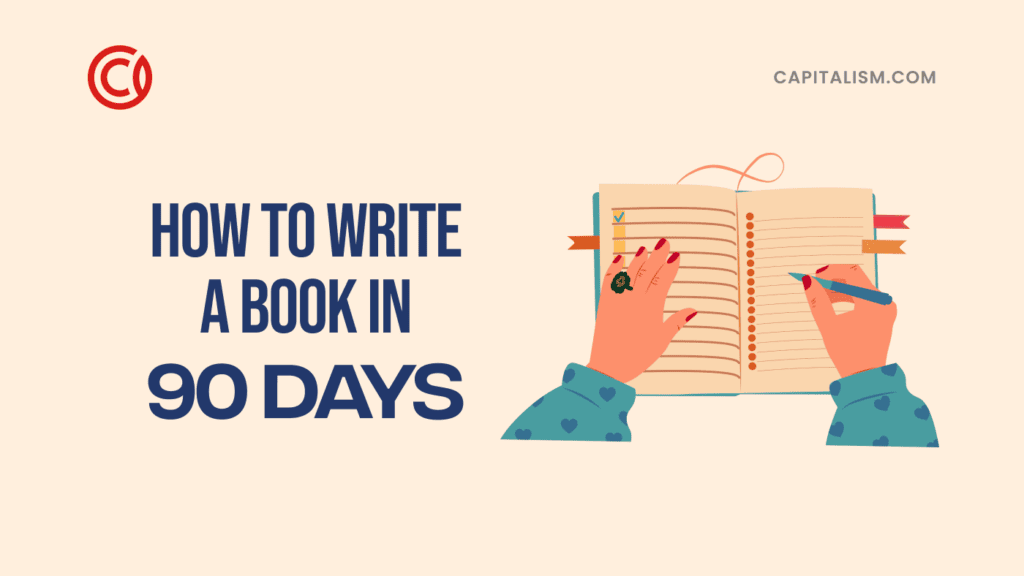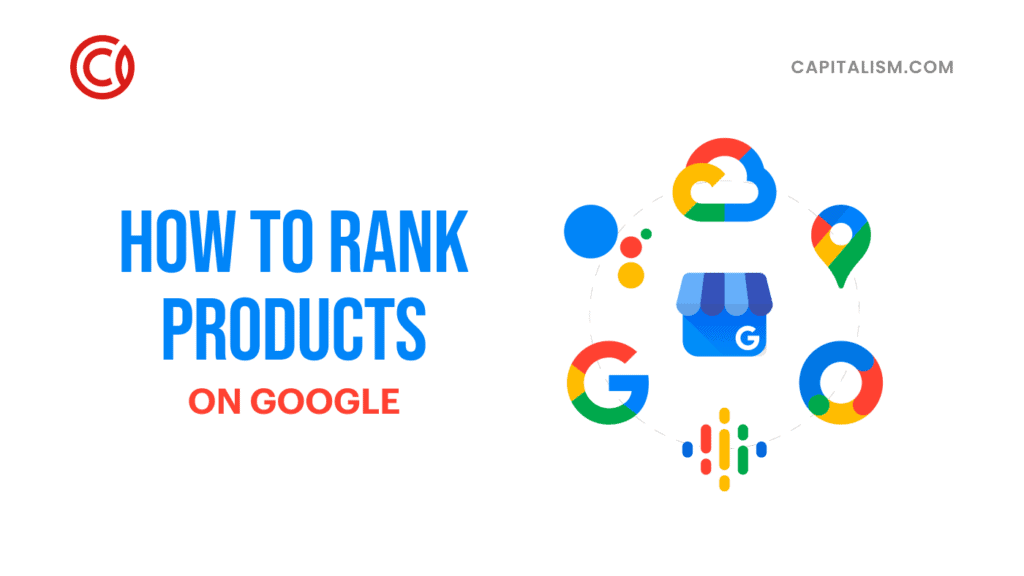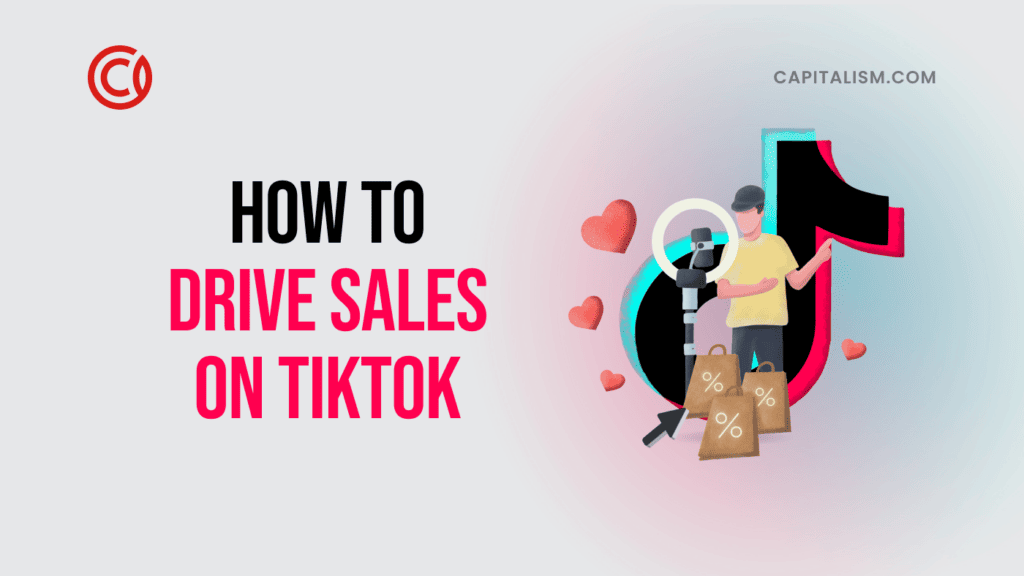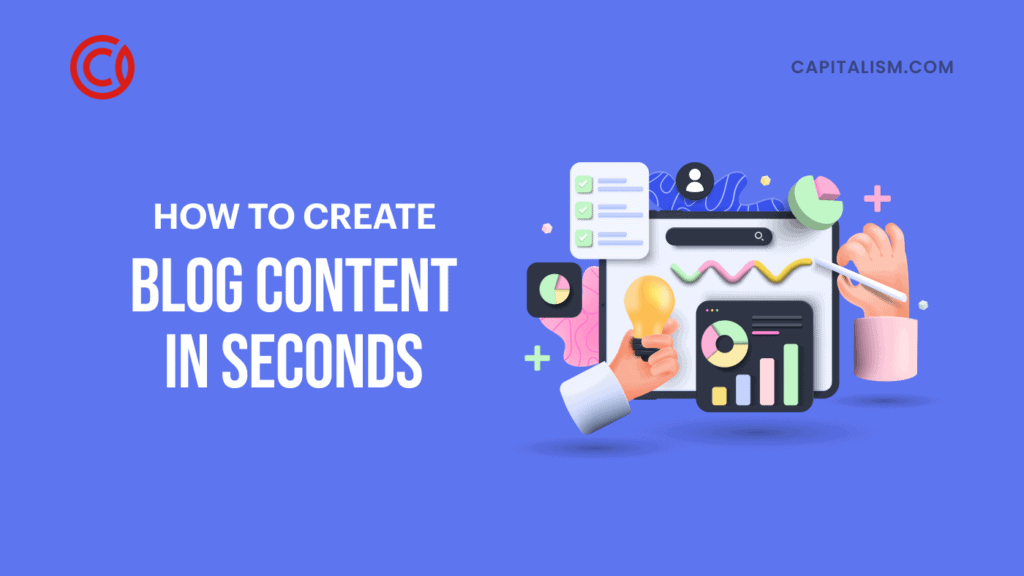How to Become an Investor
Nobody was more happily surprised to watch her e-commerce business take off than Beth. She identified the audience she wanted to serve, figured out what products to offer them, and even though it was scary, she did the do. Sure enough, sales started rolling in. Before she knew it, her little side hustle was well on its way toward becoming a million-dollar brand. The next step in securing her family’s financial freedom was to learn how to become an investor.
After all, sending her kids to college wasn’t going to be cheap. Retirement age wasn’t as far off as it used to seem. Plus, while it made perfect sense to quit it so she could focus on growing her business, it meant losing her “safety net” job (which, in her heart, she knew wasn’t ever as secure as everyone made it out to be).
In fact, she’d watched her parents scrape by since they retired. They’d both worked, retiring with pensions, some savings, and that monthly check from Social Security. But even with a nice enough nest egg, instead of taking the trips they once dreamed of, they’d become even more frugal - just trying to ensure they didn’t outlive their money.
So, she tackled that task with the same gusto that had gotten her this far. She read what she could find, subscribed to the Motley Fool, and set her mind on figuring how to become an investor from scratch.

What Can I Invest in with 100 Dollars?
It seemed like a great way to dip her toe into the investment ocean. She opened a self-directed trading account and funded it with $100. The plan was to continue funding it each week, gradually amassing a nice diversified portfolio. Beth knew learning how to become an investor in the stock market was going to be a tough nut to crack. She knew the best approach was a long-term one, so she’d need to be patient.
But you can imagine what happened next, right?
A few weeks into her plan, the stocks in her portfolio all had one thing in common: they were all showing significant losses. Beth kept her cool, reminding herself that it’s not really a loss unless she sells low. But still…
At this rate, this strategy was not one she could entrust with her family’s future. Even though the recession of 2008-2009 was a decade ago, she remembered it well. How many friends had she watched lose their homes, their businesses, even their entire retirement savings?
The future of her investment learning curve looked increasingly sharp. So, she started asking around to get some advice. “What do you need to study to become an investor? How do I start investing with little money at risk?”

She Didn’t Like the Answer Much.
And if you’re here reading this, chances are good that you wouldn’t either.
Overwhelmingly, her friends and family - even her parents - told her she should do what “everyone” else does. Instead of buying individual stocks, she should turn her investment money over to an advisor and let them take care of her. After all, with an average of about 12% over the years, she couldn’t lose if she went with index mutual funds. Plus, by handing all that “investment stuff” over to an expert, she could relax instead of checking her investment account all the live-long day.
To most of us, this advice sounds an awful lot like:
- Go to college and get your degree (even if you have to go deep into debt).
- Get a job and work there until you retire (even if you feel like it’s sucking your soul dry).
- Retire at 67 (even if you still feel like you’ve got something important to contribute to the world).
- Die (hopefully, before you run out of money).
As capitalist entrepreneurs, we’ve figured out long ago that following the crowd was not for us. Not only is the “normal way” not the only path - it’s not even the best or safest path.
How Much Money Do Investors Make?
According to The Balance, “For the twenty years ending 12/31/2015, the S&P 500 Index averaged 9.85% a year. A pretty attractive historical return. The average equity fund investor earned a market return of only 5.19%.
What happened to that 12% return number everyone throws around? Is that only for investors who come out of the womb already knowing how to start investing? Short of taking crazy risks, how can we get returns like that? Further, would 12% growth even be enough in the first place?
The pitfalls of 401k plans are plain to see, though not widely understood:
- Sure, there’s deferred taxation for some retirement funds. But taxes don’t typically go down; so you’re doomed to paying higher taxes when you are eventually forced to withdraw the money.
- You don’t have to manage the funds yourself. But someone has to manage them, and even at just 3-4% for management fees, that means a big chunk of your retirement gets obliterated over time.
- Your money was out of sight, out of mind and therefore “safe” from being used frivolously. But you also can’t touch it - even if you have an emergency or an opportunity to grow it better on your own - until age 59.5.
Why was everyone so unified in the perspective that investing is best left to the experts? Why are we so willing to cede control to other people? People whose own livelihood depended on steering us toward investments that would enrich them?
There has to be a better way.

The Not-So-Secret Secret of the Rich and Famous
Ray Croc used it to help start McDonald’s. Walt Disney used it to start Disney World. Doris Christopher used it to start Pampered Chef. Presidents including Garfield, Arthur, Harrison, McKinley, Harding, Coolidge, Hoover, FD Roosevelt, Nixon, and Kennedy used it. Jackie Robinson, Babe Ruth, Helen Keller, Susan B. Anthony, Cecil B. de Mille, and Nat King Cole did, too.
This “secret” not only poses an attractive alternative to the mainstream 401k. It’s also one that affords a level of privacy that’s virtually unmatched in the investment world; nobody can see or seize these funds. Plus, your money grows tax-free - and unlike with a traditional IRA, there’s no forced withdrawal (and the taxes that hit when you do) when you reach a certain age. Furthermore, you can borrow against your account - guaranteed - if you need to access those funds, or even if you find an investment opportunity you want to jump on.
What is it? Permanent life insurance.
Patrick Donohoe of Paradigm Life built a whole investment strategy around it, called the “Perpetual Wealth Strategy.” He says that at Paradigm Life, “Our goal is to shift the traditional financial mindset and strategy of using Wall Street and Banks to a new mindset. The new mindset uses unique wealth building products offered by private mutual insurance companies, combined with wealth strategy. The Perpetual Wealth Strategy aligns with the principles of cash flow not accumulation, certainty not risk and control. These financial tools, strategies and principles have been known by the wealthy for generations and are now accessible to you.”
Who is Patrick Donohoe? What Does Paradigm Do?
Patrick got his start in this space after learning from Kim Butler, a Robert Kiyosaki advisor. The two currently have a joint company, dedicated to teaching other advisors. He began Paradigm Life with partners in 2007. They sought to incorporate elements he'd learned from Kim's example. This model worked well for years until the crash of 2008. Patrick bought his partners out in 2010 and is now the sole owner.
Regarding Paradigm, Patrick said, "Typically, we refer to ourselves as wealth strategists. So, we have a unique financial philosophy." This difference is evident when you compare them to average financial advisement firms.
The usual line of thinking is to focus exclusively on elements like mutual funds, qualified plans, and the stock market. Instead, Paradigm takes a track based on the idea of wealth existing in the mind of the person producing it.
The people who are suitable for Paradigm Life are the ones who have money to invest, but who worry about market volatility. When it comes to their pursuits, they might feel a lack of control. They could be unsure of which steps they should take next.
Paradigm gets to the core of these problems to create a workable plan using their Perpetual Wealth Strategy. "You learn how to use your mind, talents, abilities, and ideas to help you generate income," Patrick says. He shares an example of a client who'd been mistaken about his financial future. A transplant surgeon, he'd been under the impression that he would have to work another ten years before retiring.
The Paradigm team was able to put together a plan that would allow him to stop working right away. He didn't need to invest another cent.
Like this client, anyone can discover new avenues toward financial independence. Keys include:
- Staying open to new options and listening to new perspectives
- Taking the time to educate yourself.

Permanent Life Insurance in a Nutshell
Maybe the easiest way to explain how permanent life insurance works is to contrast it with term insurance. Buying term insurance is a lot like renting a place to live. When you move on, you stop paying rent - but you don’t get a cent back. Buying permanent insurance costs more than buying a term policy. But it’s more like buying a home instead of renting. However, the policy has a cash value that grows as it earns interest. As long as you pay your premiums, your account continues to grow, tax-deferred.
You can borrow against your policy, up to the amount in your account, at an interest rate that syncs with the interest rate your funds earn. Plus, you can do so without a credit check and avoid the frustration that comes with jumping through the hoops of a typical loan process. Then, as soon as you’ve paid the loan back, you can borrow that money again… and again. This poses an especially attractive funding option for capitalists who want to invest the profits from the businesses they build - whether they want to invest in real estate, become an investor in startups or other businesses, or even to travel the world.
Patrick stresses the importance of financial and investment education, and the Paradigm Life website reflects that commitment. He’s also the author of Heads I Win, Tails You Lose. (Spoiler alert: Members of The One Percent will get a copy in their October 2019 newsletter box.) Ready to get started? Get the FREE Perpetual Wealth 101 course which will walk you through your first steps towards achieving financial independence.


